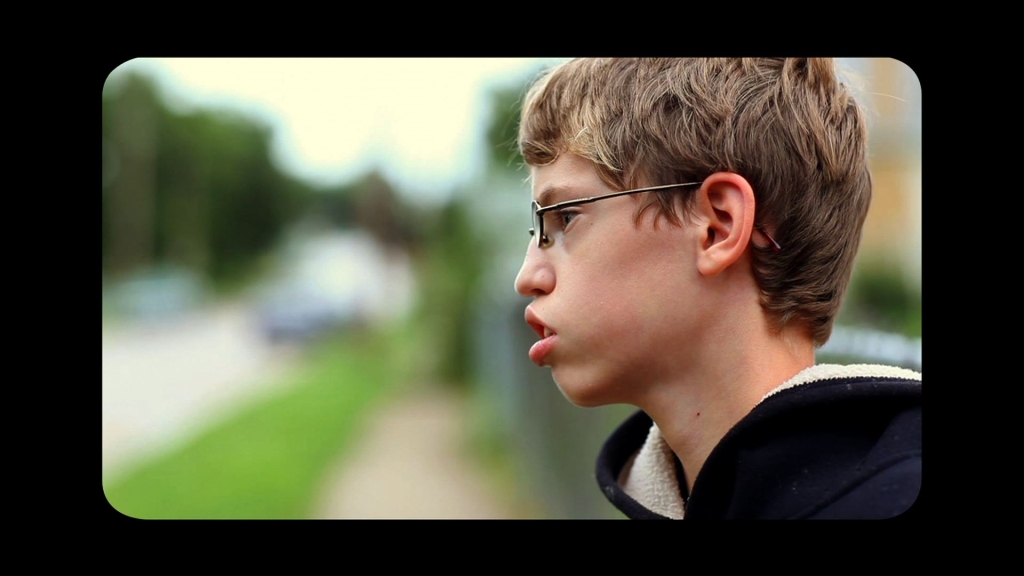It’s the movie award season and one movie that got some buzz was St. Vincent. Bill Murray plays Vincent, the acerbic neighbor who lives next door to Oliver and his mother. Oliver’s mom works late so Vincent is asked to “babysit” Oliver when he gets home from school. Vincent obliges (for $12/hour) and eventually introduces Oliver to the joys of bar drinking and racetrack gambling.
I watched the movie this week and was surprised to learn that it portrayed two things I study as a social scientist: school bullying and youth mentoring. Oliver is new to his school and is quickly targeted by a school bully; Vincent is paid to care for Oliver but he moves quickly to the role of mentor to young Oliver.
Because this is a Hollywood tale, Vincent’s efforts to help Oliver are both dramatic and effective. In one scene, Vincent actually witnesses Oliver being bullied during a chance encounter with the bully outside of school. Vincent steps in and forcefully defends Oliver, both physically and verbally, leaving the bully to scurry away frightened. Vincent has Oliver repeatedly practice how to give a quick uppercut to the bully’s nose. And, of course, Oliver eventually uses the technique to silence his bully.
The other movie I watched this week was the documentary Bully. I watched it with the students in my Advanced Seminar class. This is a “special topics” course for psychology majors and I selected the topics of school bullying and youth mentoring. Bully was released in 2011 and it has been lauded for drawing attention to the serious concerns faced by bullied students and their families.
Each time I show the movie, students in my class react most strongly to the behavior of Assistant Principal, Kim Lockwood. She struggles mightily to manage the bullying that is dished out to student Alex Libby. She’s at her worst when confronted by Alex’s parents. She has nothing at all to offer them, so instead gives them anything and everything she can imagine: feigned sympathy, power moves, reassurance, denial, and empty promises. She closes with a weak and disgusting attempt to distract them from her pitiful predicament: She shows them photos of her new grandbaby.
It’s easy to demonize Kim Lockwood and its’ easy to endorse the decisive actions of Bill Murray’s Vincent. But neither movie accurately portrays the challenge of helping the chronically bullied child.
Research on school bullying has moved us from the antiquated notion that bullying is perpetrated by one or two socially incompetent thugs to a recognition that victimizing classmates is but one way that children can elevate or protect their current social status. This is especially true after the elementary school grades.
Studies also document the success of school-wide anti-bullying programs but these same studies show little or no effect among students in 8th grade and above. Researchers in Europe found that bullying is actually less damaging when victimization is more normative in the classroom; unfortunately, as students move up in grades, the number of children who bully tends to increase and the number of victims tends to decrease. Once identified, the limited number of “social misfits” are fair game for peer victimization and not just by the “really bad kids”.
Those of us who study school bullying are still searching for answers to the question of how best to help the chronically bullied child. We have learned how to reduce the overall prevalence of bullying and victimization in elementary schools, but the long-term impact of these interventions on individual children at risk is not known.
When I discussed the movie Bully with my wife, a middle school teacher, she agreed that teachers and administrators really don’t know how to effectively help bullied children. It was through that lens that I watched Assistant Principal Kim Lockwood fail miserably to help Alex Libby and his parents.
My research considers the possibility that school-based mentoring can help bullied kids. We use college student mentors who visit twice/week during lunch and sit at the same table with bullied children and their peers. Our hypothesis is that regular visits from an appealing college student will help promote more positive peer relationships for these socially marginalized children, making them less vulnerable to bullying. We have a lot more to learn before we can feel confident about this strategy, but we aren’t naïve about the challenge ahead.
So, enjoy the movies but don’t be fooled. The problem of school bullying won’t be solved by firing bad principals or by hiring boxing mentors.




As a formerly-bullied kid myself, I can tell you two tactics against bullying that *do* work.
1) Teach your kid to fight. Send him/her to a good martial arts dojo, and explain to the sensei that your kid is bullied at school and needs to protect him/herself in real-life street-fight situations, not to learn competition karate. Any worthwhile instructor will understand, and sculpt the kid’s training accordingly.
2) Organize. Work with the kid to get the names of the other bullied (or at least non-bullying) kids in class. Invite them all to a party, and then teach them some basic combat-moves and how to fight effectively as a group. See if you can get them all into martial-arts classes, perhaps disguised as a weekly party at your place. Train them as a junior anti-bully combat unit. The kids will gain confidence, solidarity, and lasting friendships.
If any other parents find out and give you Bourgeois-Liberal bullsh!t about “militarizing” the kids, arrange (maybe by finding a local teenage punk gang and paying them) for them to get mugged. That might change their attitude toward self-defense.
–Leslie < Fish
There is actually good research showing that having a strong group of friends can protect kids from being bullied and also help them suffer less negative conseeunces if bullied. I don’t know of research examining the benefits of martial arts training but I can imagine that it could promote greater confidence and assertiveness.